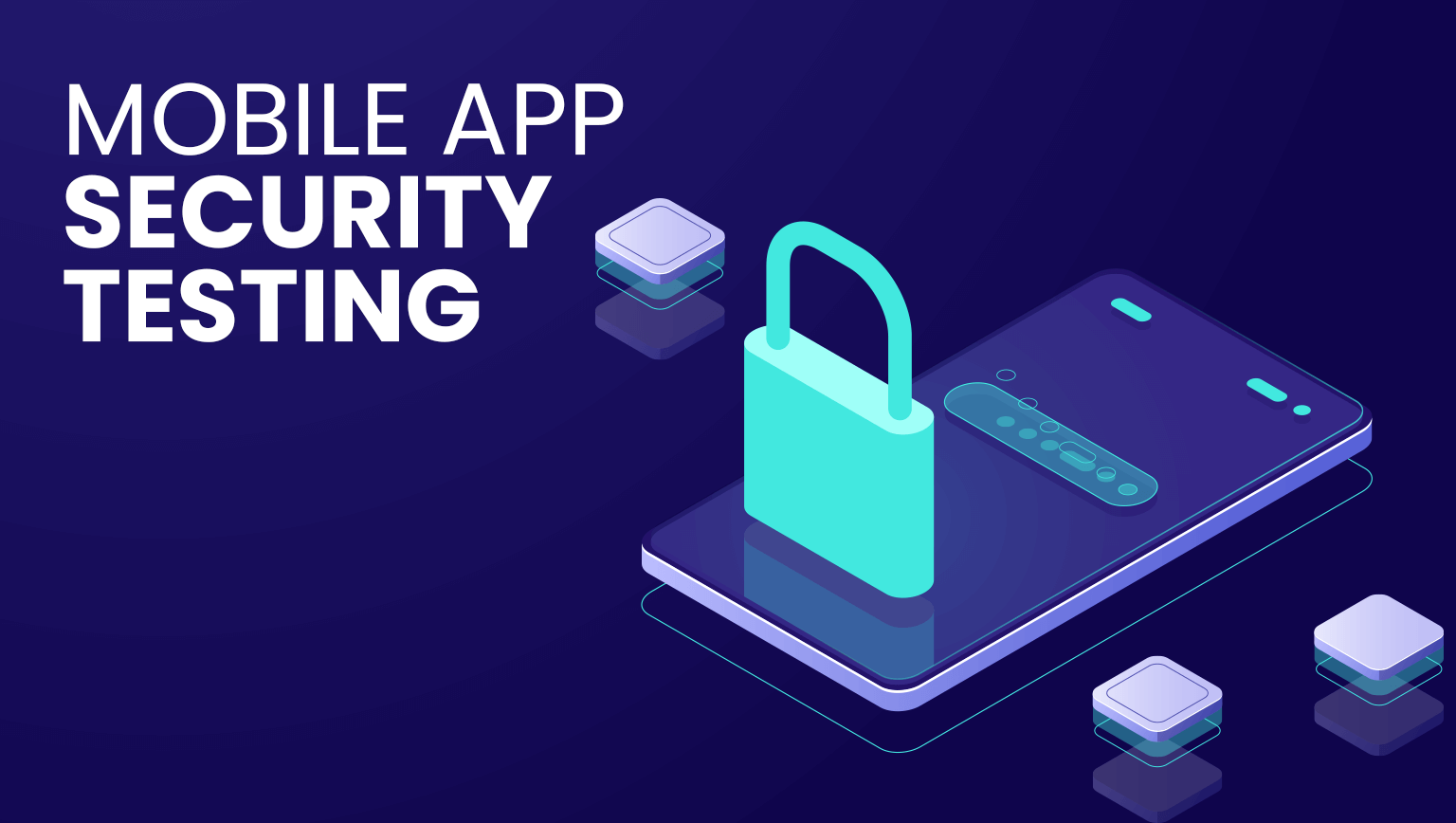Technology is growing fast, every new day comes with a unique inventory, and as all that growth takes place, mobile technology is not to be forgotten. It is among the fastest growing areas of modern technology, everything leads to another. The widespread use of smartphones has led to extensive creation of mobile applications, which are common in smartphones.
It has introduced the world of mobile tech into a whole new range of attacks that were initially not relevant in the classic web applications.
This article pays close attention to mobile app security testing and testing tools. Technology is growing fast, every new day comes with a unique inventory. We will look at some of the best tools for testing mobile app security and testing tools available in the market.
Mobile Application Testing
Over 90% of the world’s population uses smartphones, which means the same population uses mobile applications. The age at which people used phones just dialling numbers and using only for communication is long gone. Today a smartphone is all you need to everything you need to do, from playing simple games to carrying out significant transactions.
All in one place, one device, one single device comes loaded with a super bright camera, a GPS, Bluetooth, Wi-Fi, and many other smart applications.
Testing these applications is what we refer to as Mobile Application Testing, and we are going to cover some of the best testing tools available in the market. The applications are tested, among other things for functionality, usability, security, and performance.
The main reason for running a mobile app security testing is to make sure that the apps are authentic, to ensure that the apps are not vulnerable to hacking for improved data protection, and session management.
Why Mobile Application Testing is Crucial
- Predicting and preventing future attacks by hackers, you can guess their behaviours and anticipate their moves
- To prevent malware and virus infection of the application
- You release the app to the public with confidence that it is safe
- It is from the testing of the application that you get tweak where necessary to enhance its performance
- Prevent security breaches and outside threats
Some of the Best Mobile App Security Testing Tools
For business entities, and for business reasons, it is quite essential to perform mobile application security testing. The challenge is that many of these apps are designed for different devices and different platforms, which poses a big challenge to security testers.
So the examiner requires a security testing tool which guarantees mobile app security, here are some of those testing tools you can count on.
Zed Attack Proxy Project (ZAP)
ZAP is designed for everybody, it is easy to use, and available in over 20 different languages. Initially, it was used only to trace vulnerabilities in web applications, it was later developed and enhanced for use by all testers on mobile application security testing. ZAP works with malicious messages and makes it easy to use by all testers and this tool works by sending a file through malicious message and see if the application is vulnerable to that message.
Features of Zed Attack Proxy Project
- Zed Attack Proxy Project is the top most popular open source security testing tool in the world
- The tool is active 24 hours thanks to hundreds of volunteers across the globe
- It is easy to install and use
- The international volunteers maintaining the tool are also actively involved in developing it further for improved services
- It is not only perfect for auto testing, but also an excellent tool for manual testing and it is available in 20 different dialects
QARK – Quick Android Review Kit
Quick Android Review Kit is a framework designed to audit and exploit android applications. LinkedIn created this tool specifically for Android, and it used to identify security loopholes in the application’s source code, and APK files. It is a useful tool both to developers as part of the SDLC and security personnel.
QARK is a static code analysis tool that can run on either interactive or scriptable mode, it creates reports and highlights the vulnerabilities found and any security issue.
In addition to the vulnerability report, QARK also creates an Android Debug Bridge (ADB) command that is meant to validate the vulnerability discovered.
Key Features of QARK
- It’s an open source tool and easy to use
- QARK does not only provide mobile app vulnerability reports, but it also provides proof of its existence – validation
- It also provides steps on what to do to fix the problem found
- QARK performs a thorough scan on every mobile app component for misconfiguration and security issues
Android Debug Bridge (ADB) Command
ADB is not so much of a security testing tool; it is a versatile command line tool that enables communication with Android devices to assess the mobile app security issues, Google develops it.
Android Debug Bridge Command allows for a wide range of actions, which includes installing and debugging mobile android apps. It also provides access to UNIX shell that can be used to run several commands on a device.
ADB command is a perfect client-server tool which can easily be connected to multiple emulators and It includes;
- Client – which sends commands
- Daemon – which runs the commands from the client
- Server – which manages communication between client and daemon
ADB command is quite useful if on the right hands as it can be used to forward ports, run shell commands, or push files, or pull data from a device. Testers get full access to an Android device’s file system, allowing to explore, identify, and test vulnerabilities that could lead to the device’s future exposure to digital attacks.
Key features of ADB Command
- Real-time monitoring of events is possible with ADB and Easy to integrate with Google’s Android studio
- It is easy to use as it communicates with android devices using USBs, Bluetooth, and Wi-Fi
- You can operate ADB from the system level using the shell command
Drozer
Drozer is a mobile application security testing framework for Android that allows testers to search for security loopholes. It helps to ensure that the applications are secure to use. It is an interactive tool that requires the pentester to install it into his workstation and start a session with the mobile device – either emulated or physical.
This makes it possible to select commands on the console and allow a Drozer agent to run them on the device.
Key Features of Drozer
- It is an open source security testing tool and good for Android app testing
- It supports both physical devices and emulators for security testing
- Drozer doesn’t support the iOS platform, so you would need to consider some alternative platforms for iOS
- Drozer supports to find and reveal hidden weaknesses
- It supports and provides security in every area of cybersecurity
Veracode
Veracode is an American Software company with a broad range of clientele all over the world. The company offers mobile and web application security using an automated cloud-based service.
The Veracode mobile app security testing service identifies the security loopholes and suggests an immediate solution to fix the issue.
The Key Features Include
- Provides an easy to use platform with accurate testing results
- The depth of the security scan depends on the application, i.e., a healthcare app is treated with more seriousness than an ordinary web application
- Multiple security analysis under the same platform including static, dynamic, and mobile application behavioural analysis
Mobile App Security Standards/ Steps
The best way to ensure that a mobile application is up to standard is by creating it the right way. There are a few steps that you can follow to create a more secure application on the go. Here is a checklist of some of those steps.
Secure the source code
The source code is the main gate to a high castle, keep the source code of the app well secured. Also, use secured cloud backup and avoid using public repositories
Keeping the files and database secure
The data/ files you are storing on the device are always encrypted to prevent leakages
Securing communications
Any information going out and coming into the mobile app is passed via a secure medium
Protect application against reverse engineering
Do the necessary security checks for your application and avoid the possibilities of somebody else gets the access of the application code
Perform input validation
Make sure it’s secure for all the app users i.e. customers or the admin users
Pay close attention to cryptography
Broken cryptography is the most dangerous threat to mobile application data theft. Strong use of cryptography is good for the app security
Run a penetration test
this is the last, and the most crucial step to creating a secure mobile app. This test explores and reveals all sorts of security threats, and allows you to modify it before releasing it to the public.
Mobile app security testing is an important aspect of the application development lifecycle. All the security checks must perform by the development team for application security, this ensures user trustworthiness and a step towards healthy customer engagement.




